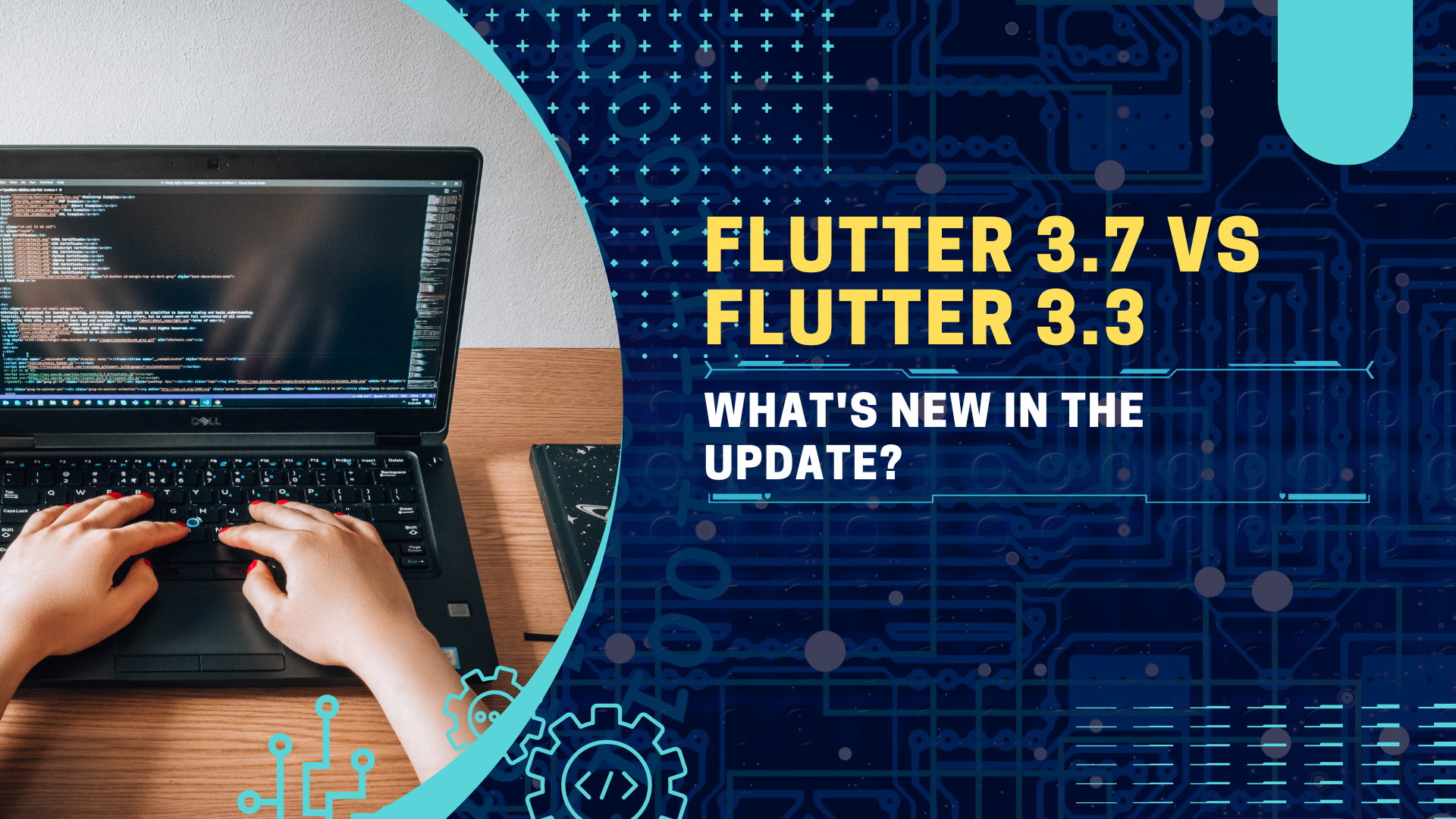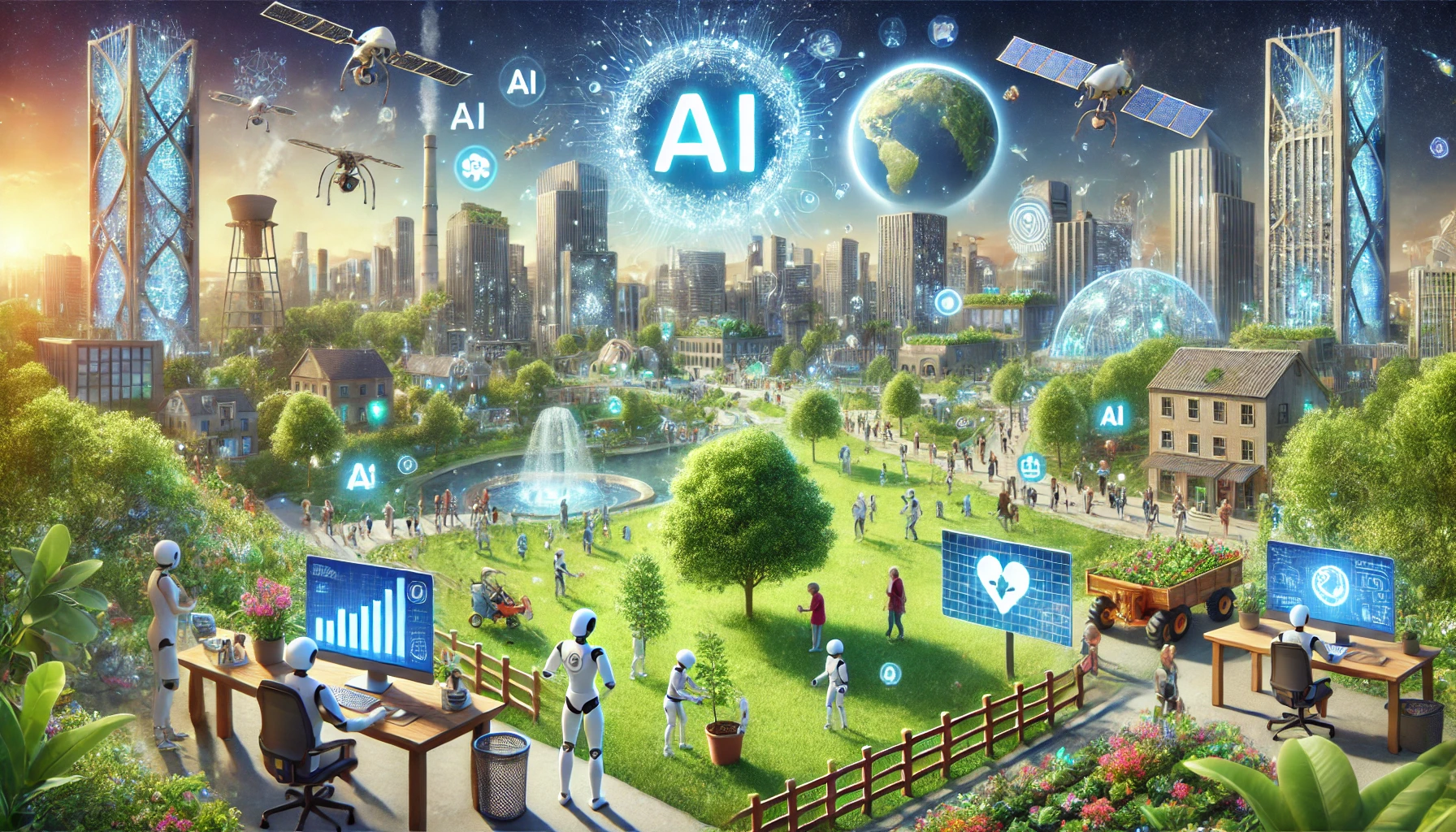Flutter, the popular cross-platform mobile application development framework, continues to evolve rapidly with new updates and features. Staying up-to-date with the latest versions of Flutter is crucial for developers to leverage improvements, new functionalities, and bug fixes. In this article, we’ll explore the key updates and features introduced in Flutter 3.7 and compare them with the previous release, Flutter 3.3.
Flutter 3.7: Key Updates and Features
Update 1
One of the significant updates in Flutter 3.7 is the introduction of a new widget called WidgetX. This widget provides enhanced functionality for managing complex user interfaces and streamlining the development process. With WidgetX, developers can achieve smoother animations and create more responsive UIs.
Update 2
In Flutter 3.7, the team has introduced improved support for Internationalization. The updated localization features make it easier for developers to adapt their apps for different regions and languages. This enhancement helps create globalized applications catering to a diverse user base.
Update 3
Another notable feature in Flutter 3.7 is the addition of the SecureStorage package. This package provides developers with a secure and reliable way to store sensitive data, such as user credentials and authentication tokens. With SecureStorage, developers can protect sensitive information against unauthorized access.
Flutter 3.3: Key Updates and Features
Update 1
In Flutter 3.3, the introduction of FeatureY revolutionized how developers handle state management in their applications. FeatureY simplifies the state management process by providing a declarative approach that reduces boilerplate code and improves code readability.
Update 2
One of the highlights of Flutter 3.3 is the enhanced support for DeviceX. This feature allows developers to leverage specific device capabilities more efficiently, such as accessing the camera or reading sensor data. With DeviceX, developers can build powerful applications that make the most out of the underlying hardware.
Update 3
Flutter 3.3 also introduced the AwesomeAnimations package, which offers a wide range of pre-built animation presets and tools. These animations can be easily integrated into applications, providing visually appealing and engaging user experiences without requiring extensive manual coding.
Feature Comparison Flutter 3.7 and Flutter 3.3
Performance Improvements
In terms of performance, both Flutter 3.7 and Flutter 3.3 have made significant strides. However, Flutter 3.7 incorporates various optimizations that enhance rendering speeds and reduce frame drops. These improvements result in smoother animations and improved overall app responsiveness compared to Flutter 3.3.
New Features
While both versions introduced compelling features, Flutter 3.7 offers more comprehensive improvements. The new WidgetX widget, Internationalization support, and SecureStorage package in Flutter 3.7 provide developers with additional tools and functionalities to create high-quality applications.
Bug Fixes and Stability
Both Flutter 3.7 and Flutter 3.3 address bug fixes and stability improvements. However, Flutter 3.7 includes a more extensive list of bug fixes, ensuring a more stable development environment and reducing the chances of encountering unexpected issues.
Approach an App Development Company for Optimum Flutter Development
Technical Expertise and Experience
A mobile app development company specializing in Flutter development brings technical expertise and extensive experience. Their team of skilled Flutter developers understands the ins and outs of the framework, enabling them to leverage its capabilities effectively. They stay updated with the latest Flutter trends and best practices, ensuring your app is developed using industry-standard coding practices and optimized for performance.
Customized Solutions
Every business has unique requirements and goals when it comes to app development. An app development company can tailor Flutter solutions to meet your business needs. They analyze your requirements, consider your target audience, and design customized solutions that align with your branding and business objectives. Whether you need a customer-facing mobile app, an internal enterprise app, or an e-commerce solution, an app development company can deliver a solution that fits your vision.
Full-cycle Development
An app development company can handle the entire development life cycle from ideation to deployment. They collaborate closely with you to understand your project requirements, create a comprehensive development plan, and execute it efficiently. Their development team handles all aspects of Flutter app development, including coding, integration with backend systems, testing, and deployment to app stores. With a full-cycle development approach, you can rely on the company’s expertise to deliver a fully functional and robust Flutter app.
Ongoing Support and Maintenance
After the initial development phase, an app development company continues to provide support and maintenance services for your Flutter app. They monitor the app’s performance, identify and resolve any issues or bugs, and ensure that your app remains up-to-date with the latest Flutter releases and security patches. Ongoing support and maintenance help enhance the app’s stability, security, and user experience, providing a seamless experience for your app users.
Conclusion
Staying updated with the latest releases of Flutter is essential for developers to leverage new features, improved performance, and bug fixes. Flutter 3.7 introduces significant updates such as WidgetX, improved Internationalization support, and SecureStorage. While Flutter 3.3 brought advancements like FeatureY, enhanced DeviceX support, and AwesomeAnimations. Evaluating the specific needs of your project can help determine which version is more suitable for your development endeavours.
Note: Remember to regularly check for updates and carefully consider the benefits and compatibility of each new release. Doing so will ensure that your Flutter applications remain cutting-edge and deliver optimal user experiences.







